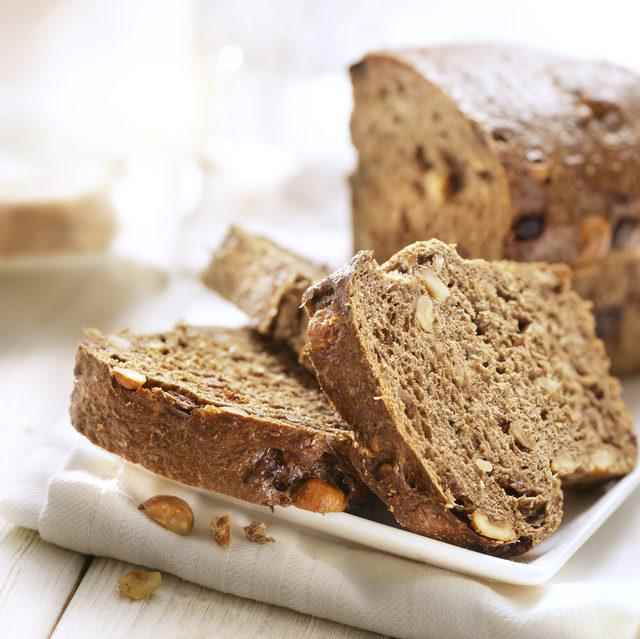Nur Ecem Baydı Ozman, Nutrition and Diet Specialist at Acıbadem Kozyatağı Hospital, said, “Today, overnutrition, which leads to both malnutrition and obesity, is a frequently encountered problem in children. While parents sometimes recommend more meals or nutrients to the child because of the concern that they are not getting enough nutrients, this can lead to serious health problems, especially obesity, instead of benefits. If the school-age child between the ages of 5-11 knows how much from which food group he should consume, it will be easier to manage this process.”
MILK GROUP
This food group includes products such as cheese, kefir, milk and yoghurt. It is very important for the growth, development and immune system of the child. Basically, protein, calcium, zinc, some B group vitamins are found in this food group. Vitamins A, D, E, and K are especially abundant in the fat part of milk. For this reason, skim milk products are not recommended for children in this age group, unless there is a situation that needs to be restricted. It should be aimed to consume 3-4 servings of dairy products per day. 1 serving of dairy products; It can be thought of as 1 bowl of yogurt or 1 glass of milk or 1 slice of cheese.

MEAT, LEGUMES, EGG AND OIL SEEDS
In addition to its protein content, this food group contains iron, zinc and some B group vitamins in its structure. It plays an important role in the growth and development of the child. It is the most important food group that has a role in the nervous system, blood production and immune system. Especially the iron found in meat plays a role in the elimination of iron deficiency, which can be seen frequently in childhood. Eggs have the highest quality protein content. Oilseeds such as walnuts, hazelnuts and almonds also have a very nutritious content, but they should be consumed carefully because they contain small volumes of intense fat and calories. 1.5-2 servings per day should be consumed. 1 portion of meat group; It means 2 eggs or 1 handful of meat or 8 tablespoons of legumes or 30 grams of oilseeds.

VEGETABLE AND FRUIT GROUP
Fruits and vegetables contain a wide variety of vitamins, minerals, fiber and antioxidants. Vitamin C, one of these ingredients, supports immunity and is protective against the formation of diseases. Vitamin A protects eye health and supports immunity. The pulp prevents constipation by ensuring the healthy functioning of the intestines. It should be aimed to consume 2 portions of vegetables and 2-3 portions of fruit per day. 1 serving of vegetables; 200 grams of raw vegetables, 1 portion of fruit; It is equivalent to 100 grams of fruit, about the size of a handful.
BREAD AND GRAIN GROUP
Grains are the main source of energy for the body. Therefore, it is essential to a good nutrition plan. It contains vitamin E and most B group vitamins except B12. The nutritional value of leavened bread from this food group is higher than that of unleavened bread.

In addition, whole grains are both more nutritious and protective against diabetes and obesity, thanks to the vitamins and minerals they contain. For this reason, whole grain products should be preferred instead of white bread. 3-5 portions of products should be selected from this food group. The need for this group increases in children in adolescence. 1 serving of cereal group; It is equivalent to 2 thin slices of bread or 4-5 tablespoons of pasta or noodles. Bulgur and whole wheat pasta have a longer satiety period than rice or plain pasta, and their nutrient content is richer.
